Gears are a crucial component of any mountain bike. They help the rider to adjust the difficulty of pedalling so that they can tackle different terrain or go at different speeds. Gears on a mountain bike may seem complicated, but understanding how they work is essential for any serious rider. In this blog, I’ll explore the mechanics of gears, explaining the key terms and concepts behind this vital piece of equipment and providing you with a clearer understanding of how gears work on a mountain bike. After reading this blog, you’ll be better equipped to confidently tackle any trail, hill or mountain range.
How Do Gears on a Mountain Bike Work?
When I first started mountain biking, the gears on my bike confused me. But after some research and practice, I learned that gears allow you to change the pedalling speed and effort required when riding up or down a hill. Changing the gear ratio changes the amount of forward distance per pedal stroke. Newer mountain bikes now only feature a single front chainring, which makes the drivetrain simpler to use without sacrificing gear range. Maintaining your bike’s gears is important to keep them in good condition and adjust them as needed. With some practice, using gears effectively will help you ride farther and faster. [1][2]
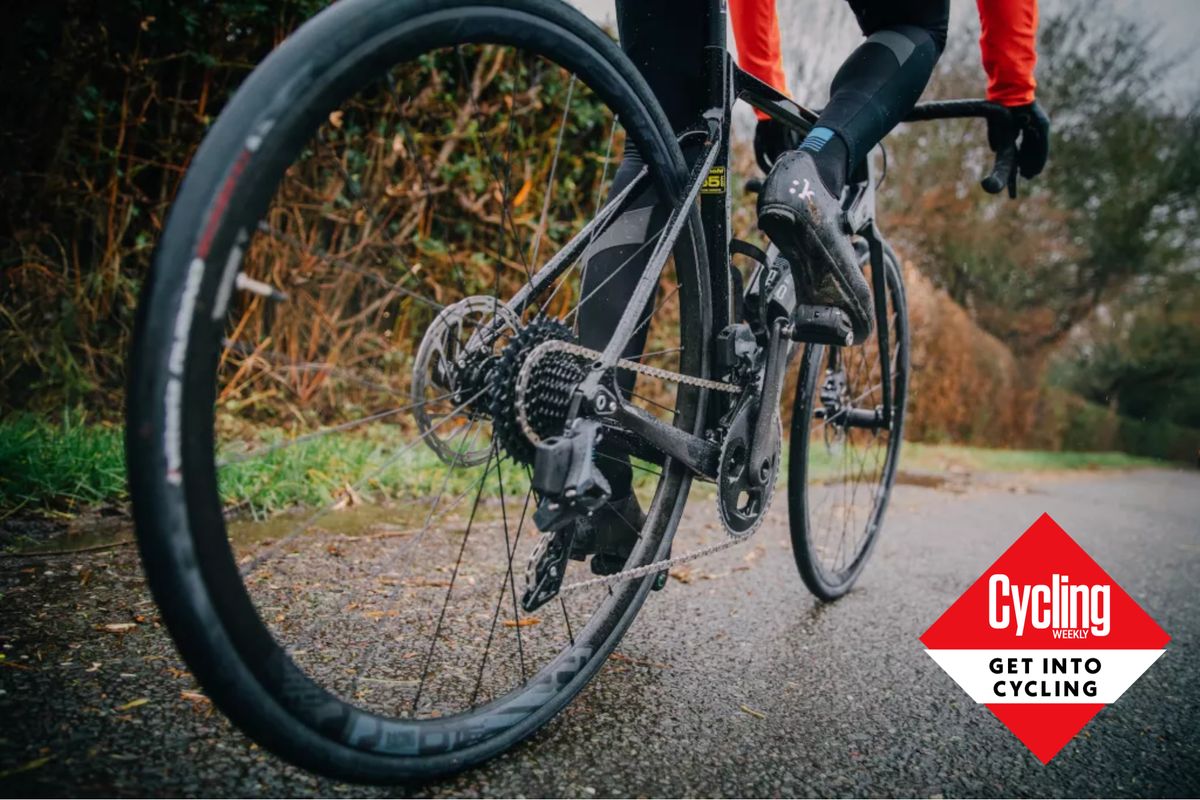
The Basics of Mountain Bike Gears
Hey there, fellow rider! Understanding the basics of mountain bike gear is essential to making the most out of your ride. The drivetrain components include the crankset, cassette, chain, derailleur, and shifters. Generally, mountain bikes have lower gears for uphill climbs and higher gears for top-end speed. There are different types of chainrings and cassettes, each with its range of teeth. Gear ratios are essential, as they affect pedalling and act as a force multiplier. Don’t worry, it might seem complicated at first, but with practice, you’ll master shifting gears like a pro! [3][4]
The function of gears
I love my mountain bike gears because they make my rides so much more efficient! Each gear serves a specific function and works together to help me pedal and ride effectively. The gears on my bike allow me to adjust my effort levels depending on the terrain I’m riding on. When climbing steep hills, I can choose a gear that’s easier to pedal, and when I’m going downhill, I can select a harder gear to control my speed. Overall, the gears on my mountain bike help me maximise my muscle power and enjoy my rides to the fullest. [5][6]

The different types of gears
Different types of gear can be found on a mountain bike. The most common ones are the single-speed, the internal hub, and the derailleur gears. Single-speed gears have a fixed gear ratio and provide a simple, low-maintenance option. Internal hub gears are clean and easy to use but offer a limited range of gear ratios. Derailleur gears are the most popular and offer a wide range of gear ratios, making them suitable for different terrains and riding conditions. Understanding the different types of gear is important when choosing the right bike for your needs. [7][8]
The parts of a mountain bike drivetrain
Regarding mountain bike gears, several components make up the drivetrain. The crankset is where your pedals attach and has essential chainrings for shifting. A bike can have one, two, or three front chainrings. The rear cassette is a stack of cogs mounted on the right side of the rear wheel. A chain connects the front chainrings and the rear cogs, and the derailleur guides the chain from cog to cog or chainring to chainring when you shift gears. The shifters operate the derailleurs via cables, allowing you to adjust your gears while riding. [9][10]

Gear Ratios
Hey there, let me tell you about gear ratios! Gear ratios refer to the difference in size between the chainrings and cassettes on your bike. The larger the difference, the higher the gear ratio, meaning you’ll be pedalling harder but going faster. Lower gear ratios, on the other hand, make it easier to pedal, but you won’t go as fast. Gear ratios are important to understand because they can affect your pedalling efficiency and power output, so it’s worth taking the time to calculate and optimize them for your riding style and terrain. [11][12]
What gear ratios and why they matter
Understanding gear ratios is essential to maximizing your performance on varying terrain as a cyclist. Gear ratios result from the combination of chainrings and cogs, determining how easy or hard it is to pedal and how fast you can go. As bike technology evolves, the range of gear ratios available has increased, giving riders more flexibility to fine-tune their gears. The right gear ratio can help maintain a consistent cadence and efficiency, significantly impacting your riding experience. Therefore, understanding and selecting gear ratios that match your riding needs can help enhance your cycling experience. [13][14]
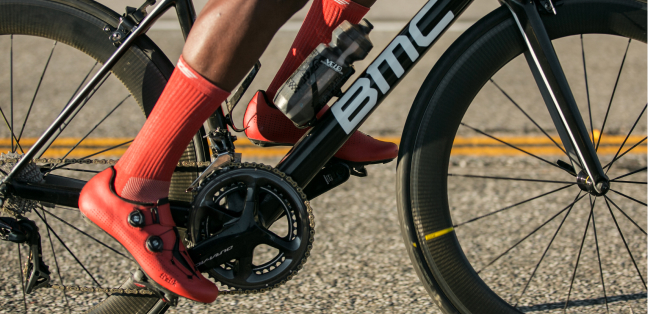
How do gear ratios affect pedalling?
When it comes to mountain biking, the gear ratios on my bike can greatly impact how I pedal. A lower gear ratio means that my pedalling will be easier but slower, while a higher gear ratio will make it harder to pedal but faster. Finding the right gear ratio for the terrain and my fitness level is important for an enjoyable ride. So, whether climbing a steep hill or cruising down a smooth trail, understanding gear ratios can make all the difference in my performance and overall experience on my mountain bike.
How to calculate gear ratios
Calculating gear ratios may seem daunting initially, but with a little mental arithmetic, it’s easy to determine the right cassette and chainring combination for your needs. Start by working out the gear range of your cassette by dividing the largest cog by the smallest. Remember, even small differences in cog size can significantly affect the overall range. Next, choose the correct chainring size to shift your gearing up or down. Calculate the gear ratio by dividing the teeth of the chainring by the teeth of the cassette cog. You can confidently choose the right gear for any mountain biking adventure by mastering these calculations. [17][18]

Shifters
Shifters are one of the most important parts of a mountain bike when changing gears. As a beginner, the different types of shifters might seem confusing, but with practice, it becomes easier. I prefer using the twist shifters on the handlebar as they feel more intuitive. However, other types of shifters, like trigger shifters, require a simple push or pull to change gears. Remember to anticipate terrain changes and shift accordingly for a smooth riding experience regardless of the type you prefer. [19][20]
The different types of shifters
Hey there! Did you know that your mountain bike has different types of shifters? The most common types are grip shifters and trigger shifters. Grip shifters are twistable and located on the handlebar grips. They allow you to shift gears by twisting the grip with your hand. On the other hand, Trigger shifters are located on the handlebar and allow you to shift gears by pushing a small lever with your finger or thumb. Try out both types and see which one feels more comfortable for you! [21][22]

How shifters work
As a beginner in cycling, understanding how the shifters work on a mountain bike can be intimidating. But it’s pretty simple! The shifters are attached to the handlebar and control the derailleur, which moves the chain onto different sprockets on the cassette. The left-hand shifter adjusts the front chainring while the right-hand shifter fine-tunes the rear cassette. It may take some practice to get the muscle memory down, but with some experimentation and anticipation of terrain changes, you’ll be shifting gears like a pro in no time! [23][24]
How to use shifters effectively
When shifting gears on a mountain bike, it is not clear at first. But with practice, it becomes second nature. Here are some tips for using your shifters effectively: use the right shifter to shift gears on the rear cassette for small adjustments to your gearing, and use the left shifter to change the front chainring for bigger gear changes. It’s important to anticipate terrain changes and shifts before you need to. And don’t be afraid to experiment to find the right gear for you. [25][26]
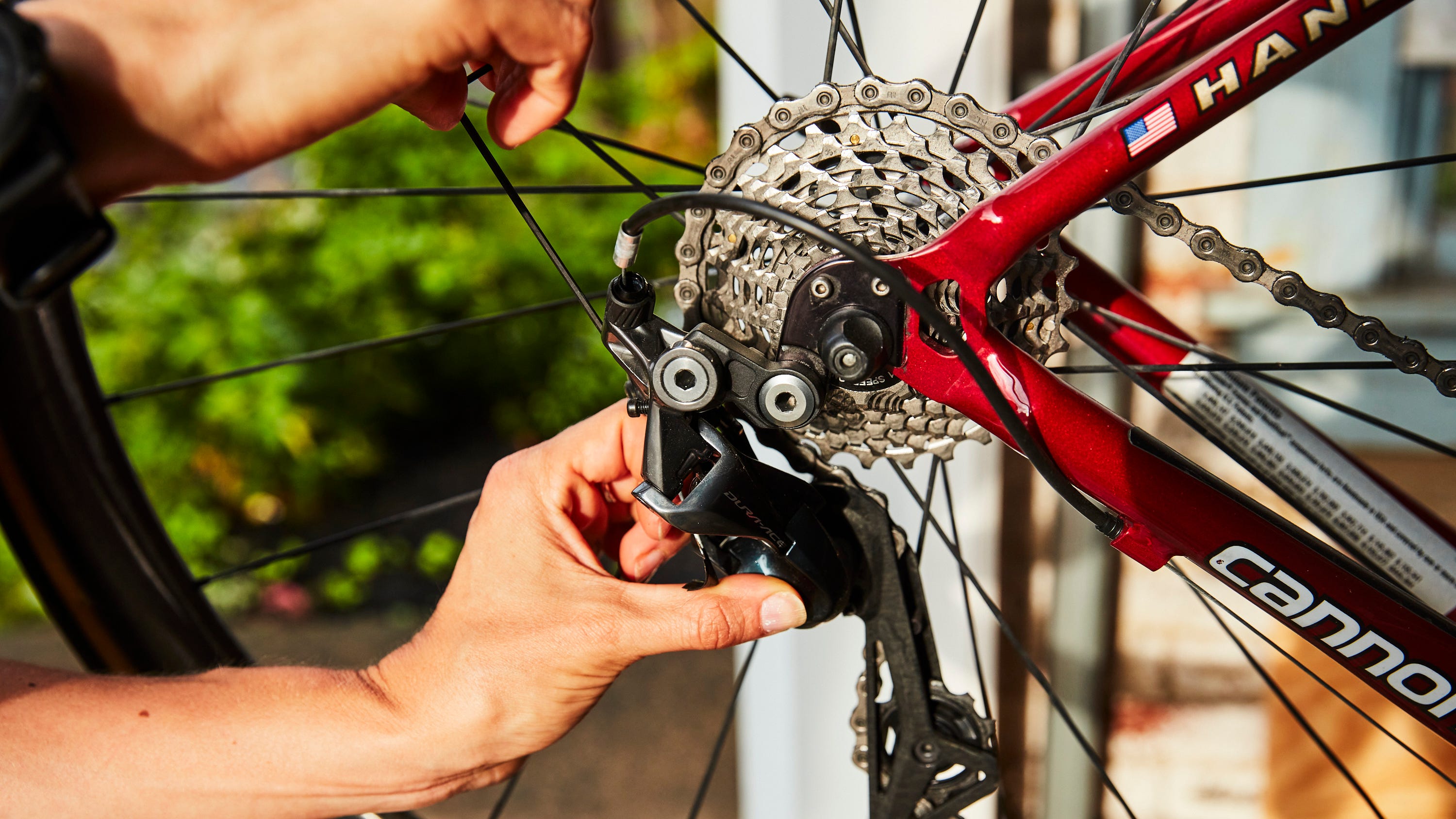
Derailleurs
I love riding my mountain bike, but understanding the different parts and how they work can be overwhelming. One important part of the bike’s gear system is the derailleur. Derailleurs are devices that move the chain from one gear to another. They use a cable to pull the chain between the chainring and cog combinations. There are many types of derailleurs, including front and rear, and each has its adjustment process. Properly adjusting your derailleurs can help your bike run smoothly and ensure a smooth ride. [27][28]
What derailleurs are and how they work
Hey there! Have you ever wondered how the gears on your mountain bike work? Well, it’s all thanks to a handy device called a derailleur. There are two types, one on the rear and one on the front, and they work by moving the chain from one sprocket to another. The rear derailleur adjusts its position to keep the chain tense and switches gears by moving the bottom of the chain from side to side. The front derailleur moves the top part of the chain and requires you to ease off on the pedals before shifting. [29][30]
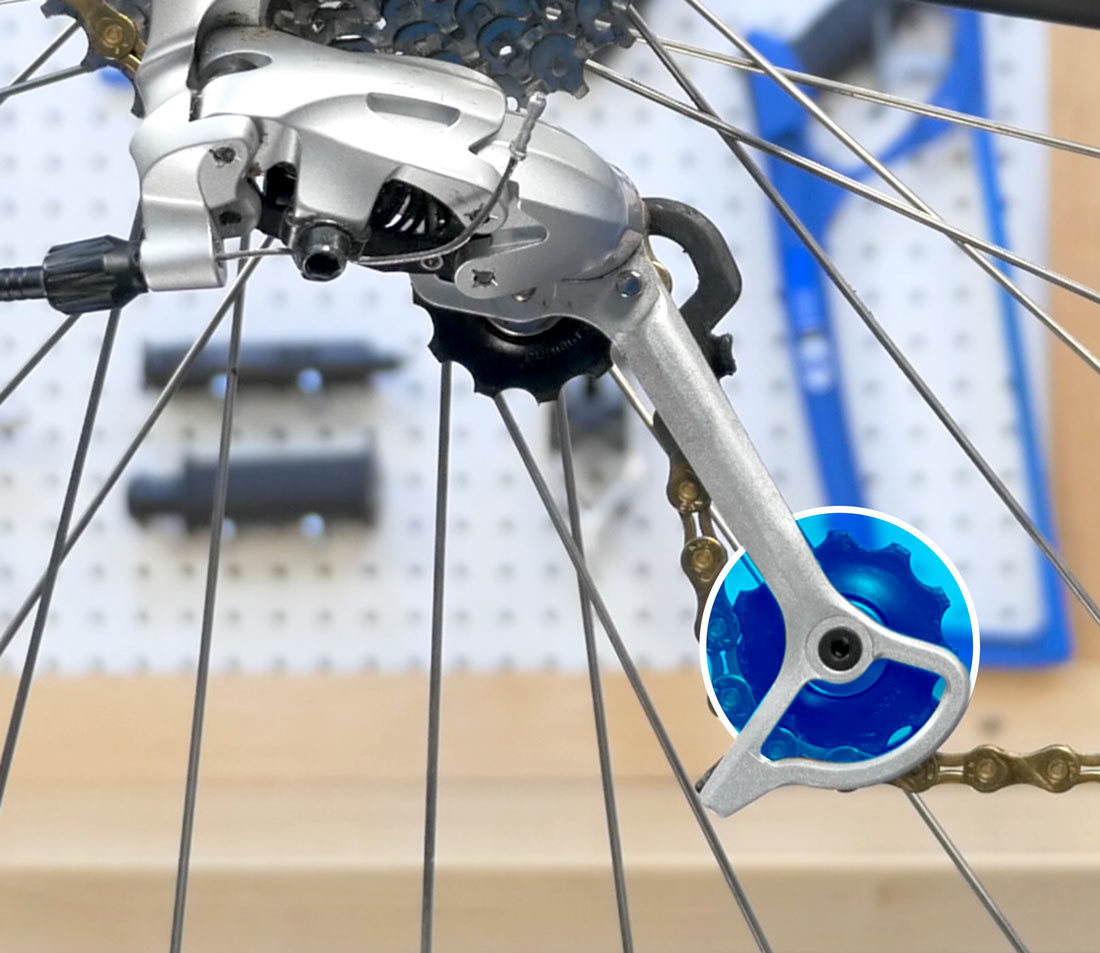
The different types of derailleurs
As a cyclist, knowing the different types of derailleurs available in the market is important. The two most common types are the front and rear derailleurs. The front derailleur helps to move the chain between the chainrings, while the rear derailleur shifts the chain between the cogs on the cassette. Some other types of derailleurs are the direct-mount and the clutch derailleur. The direct mount offers better stiffness, while the clutch derailleur reduces chain slapping when riding through rough terrain. [31][32]
How to adjust derailleurs
Adjusting derailleurs is essential to ensure the proper functioning of your mountain bike’s gears. First, shift your bike to the middle gear on the cassette and chainring. Then, locate the barrel adjuster near the rear derailleur and turn it clockwise or counterclockwise until the chain is aligned with the middle gear. Next, adjust the limit screws to prevent the chain from slipping off the cassette in either direction. Finally, ensure the cables are appropriately tensioned using barrel adjusters or cable tighteners. It may take some practice, but mastering the art of adjusting derailleurs allows for a smoother and more efficient ride.

Chainrings and Cassettes
So, let’s talk about chainrings and cassettes! These are two essential components of your mountain bike’s gearing system. The chainrings are the gears located at the front of your bike, attached to the pedals. The cassette is the group of gears located at the back wheel. They allow you to change the pedalling speed and effort required when riding up or down hills. When choosing the right chainring and cassette for your bike, consider factors like your fitness level, the type of terrain you expect to encounter, and the size and weight of your bike. [35][36]
What chainrings and cassettes are
Okay, so let’s start with the basics. Chainrings and cassettes are the two main components that make up the gears on a mountain bike. The chainrings are usually located near the pedals and are responsible for shifting the chain between gears. Depending on your riding needs, they come in different sizes and can vary in the number of teeth. The cassette, on the other hand, is located on the rear wheel and comprises several various sizes of cogs. You can change your biking speed and effort by shifting the chain between the chainrings and the cassette. [37][38]
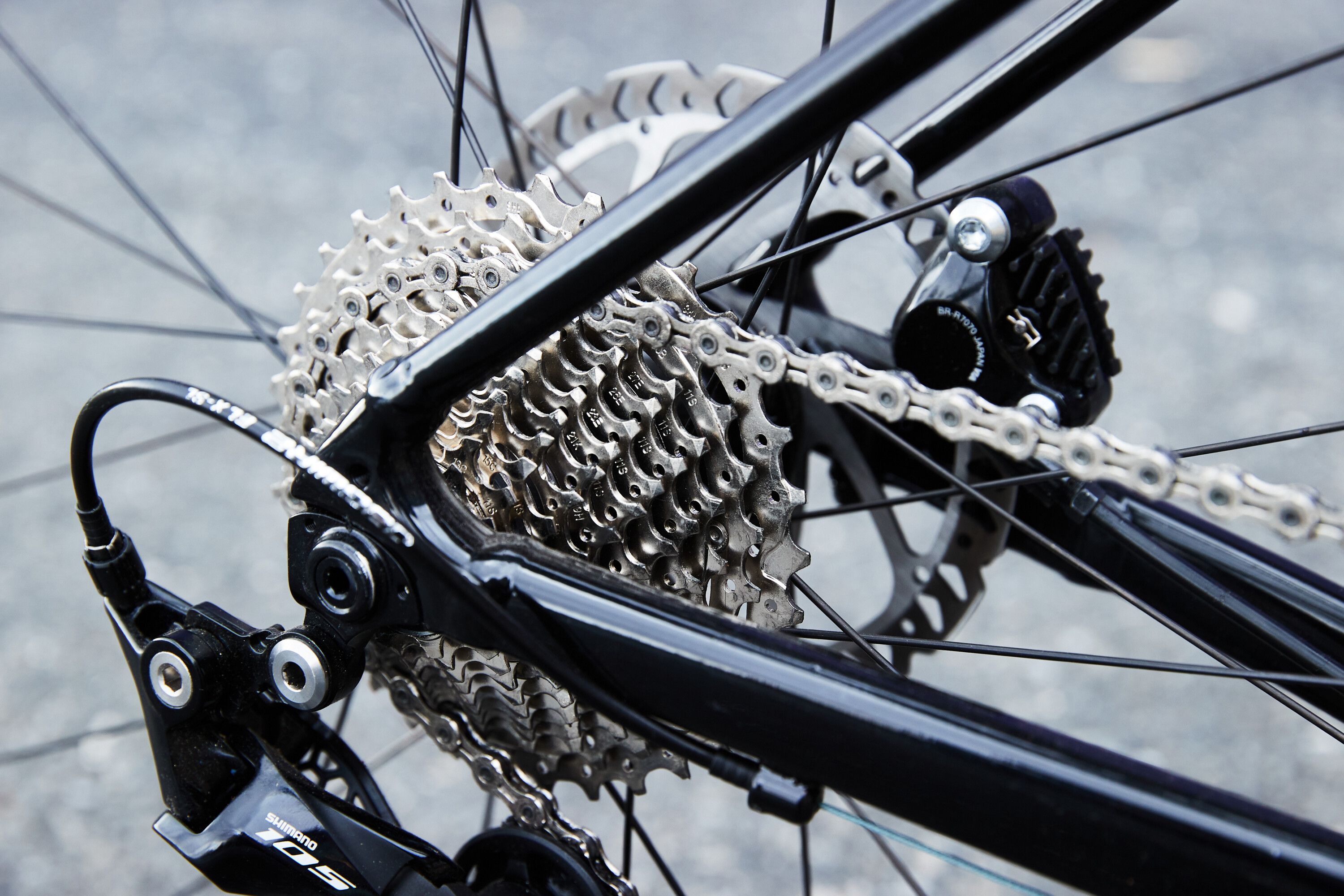
The different types of chainrings and cassettes
There are different types of chainrings and cassettes for mountain bike gear. Chainrings can come in a double or triple set-up, with the smaller ring being easier to pedal for climbing and the larger ring being faster for flat terrain. Meanwhile, cassettes have varying cogs, usually between 8 to 11, with larger cogs being easier to pedal but slower and smaller cogs being harder to pedal but faster. Choosing the right chainring and cassette combination will depend on your riding style and the terrain you’ll be riding on. [39][40]
How to choose the right chainring and cassette for your bike
When choosing the right chainring and cassette for your bike, it’s important to consider the terrain and riding style. For mountain biking, a wider cassette with more teeth is better suited for challenging climbs and steep descents. A smaller chainring will provide more torque for uphill riding. Ensuring the chain line is aligned properly for smooth shifting and minimal wear and tear on the components is also important. Don’t be afraid to experiment with different gear ratios to find what works best for you. [41][42]
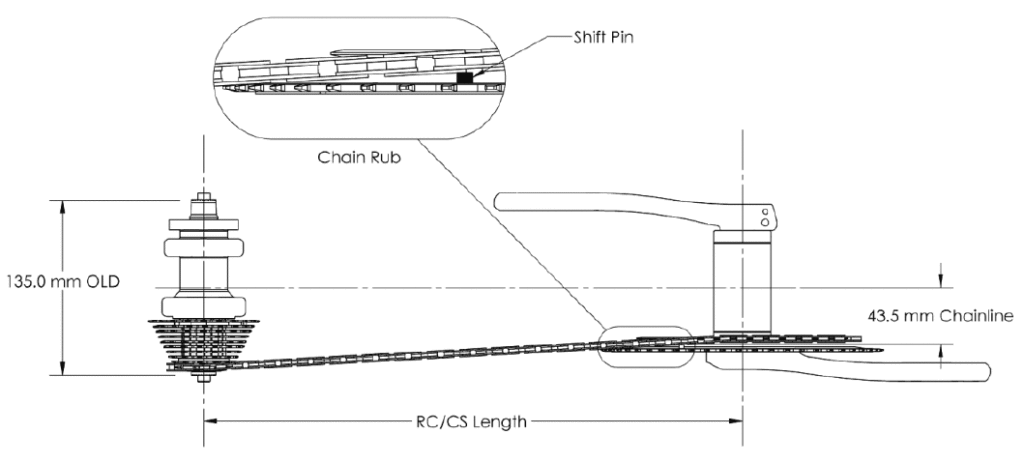
Chainline
Hey there, have you ever heard of “chainline”? It’s the position of the chainrings or cogs relative to the centre line of your bike. Ensuring your chain line is correct can save you from premature wear and tear of your drivetrain components. It can also affect your gear shifting and pedalling efficiency. To check and adjust your chainline, you’ll need some specific tools and possibly a new bottom bracket spindle. Keeping your chain line in check will make for a smooth and enjoyable ride. [43][44]
What is chain line and why it\’s important
As a mountain biker, it’s important to understand the chain line and why it matters. Chainline refers to the distance between your frame’s centerline and your chainrings’ average centerline. When your chain runs straight between your front and rear sprockets, it’s in perfect chain line. Poor chain line can lead to premature wear and tear on your drivetrain, grinding or noisy pedalling, dropped chains, and derailing when backpedalling in the largest cassette cog. Understanding chain lines and optimizing your setup is key to maintaining and improving the longevity and performance of your mountain bike. [45][46]

How to check and adjust your chain line
When mountain biking, ensuring your chain line is straight and properly aligned is important for smooth gear shifting and increased longevity of your bike’s components. To check and adjust your chainline, start by measuring the distance from the centre of your frame to the centre of your front chainring. Then, compare it to the recommended chain line dimensions for your bike and drivetrain setup. If adjustments are needed, you may need to change your bottom bracket spindle length or front chainring position. Don’t hesitate to seek the help of a bike mechanic if needed. [47][48]
The effect of a chain line on gear shifting and wear
Chainline is a crucial factor in the efficiency and longevity of a mountain bike’s drivetrain. The chain running straight between the front and rear sprockets reduces stress and friction, resulting in smoother shifting and less wear on the gears. However, mismatched chain lines, as in cross-chaining, can lead to decreased performance and increased wear and tear. A good chain line for your bike and riding style is essential for optimal gear shifting and longevity. [49][50]

Maintenance and Troubleshooting
When it comes to maintaining and troubleshooting your bike gears, it’s important to check for stretched cables, loose derailleurs, and worn-out components. Regular inspections can prevent issues like skipping gears and rough shifting. If you encounter problems, the first step is to manually check that the derailleur won’t shift into the spokes. You should also ensure the low and high-limit screws are properly adjusted to prevent the chain from falling off. With some know-how and basic tools, anyone can keep their bike gears in top shape for a smooth and enjoyable ride. [51][52]

Upgrading Your Gears
Upgrading your gears is a popular way to improve your mountain bike’s performance. When considering upgrades, it’s important to consider the number of teeth on your chainrings and cassette. Changing these sizes can adjust your gear ratios and make pedalling uphill or gaining speed on flats easier. Upgrading to a wider range cassette can increase gears, while replacing your chainrings can fine-tune the gear ratios to your preferences. However, be aware that upgrading your gears can be costly, so research and shop around for the best options for your budget. [53][54]

Riding Techniques with Gears
When I ride my mountain bike, the gears play a huge role in how the ride feels. With the right technique, the gears can distinguish between a smooth climb and a struggle. I like to start in a lower gear, spinning my pedals quickly and maintaining a high cadence. As I progress up the hill, I shift to higher gears to find the right balance of effort and speed. I shift to a higher gear to increase speed and control when descending. Understanding how to use the gears properly can make the ride more enjoyable and efficient. [55][56]
How to use gears for climbing and descending
When using gears on a mountain bike, understanding how to shift for climbing and descending. I always start by shifting into low gear for climbing uphill, using the smaller chainring in the front and the larger cog in the back. This makes pedalling easier and allows me to conquer steep terrain with less effort. On the other hand, when descending, I shift into a high gear, which means using the larger chainring in the front and the smaller cog in the back. This maximizes my speed and gives me more control as I glide down the hill. [57][58]

How to shift gears while riding
There are a few things to remember when it comes to shifting gears on a mountain bike. First, anticipate the terrain and shift before you start climbing or descending. Second, use your left-hand shifter to make larger gear changes by moving the chain up or down the front chainrings. Third, use the right-hand shifter for smaller refinements by moving the chain up or down the cogs on the rear cassette. Remember to experiment with shifting and develop muscle memory for which shifters to use at which times. Happy riding! [59][60]
How to use gears for different terrain and conditions
When using gears on a mountain bike, it’s important to understand their work and which gears to use for different terrain and conditions. Before tackling a climb, I shift to a lower gear ratio to make pedalling easier. I shift to a higher gear on flat sections to increase my speed. It takes practice to get it right, but experimenting with different gears and understanding how they affect your riding will help you become a more efficient and skilled mountain biker. [61][62]

Frequently Asked Questions
As a beginner in cycling, I had a lot of questions about mountain bike gear. One of my biggest questions was how many gears I would need for mountain biking. I was surprised to learn that modern mountain bikes typically only have 10 to 12 gears, compared to the 27 gears of older bikes. However, with the larger cassettes on modern bikes, the gears’ range is similar to older systems. It’s important to keep your gears maintained and adjusted for optimal performance. With some understanding and maintenance, mountain bike gears can make all the difference on steep inclines and fast descents. [63][64]
What gear ratio should I use for climbing?
When climbing on a mountain bike, having the right gear ratio is important. To determine this, consider the gear range of your cassette, the size of your chainring, and the size of your wheels. The ratio of the easiest gear is the most crucial factor because it will determine whether or not you can make it up the climb without having to push. It’s better to have a little too low gear than too high for a comfortable ascent. Even the fittest riders should aim for a 34×28 gear ratio; for those less confident in their fitness, a 34×32 ratio is a good bet. [65][66]

How many gears do I need for mountain biking?
In my experience, it depends on the type of mountain biking you plan. A wider range of gears can be beneficial for more technical trails with steep inclines and descents. However, a smaller gear range can suffice if you’re more into cross-country riding or racing. Generally, modern mountain bikes with 10-12 gears can provide enough range for most riders. Ultimately, it’s important to test different gear options and find what works best for your riding style. [67][68]
Can I use road bike gears on my mountain bike?
As an AI language model, I cannot provide a personal point of view, but I can provide you with factual content for your blog.
Using road bike gears on a mountain bike may not be the best idea. While the gears may be technically compatible, the difference in terrain and riding conditions between a road and mountain bike means that the gear ratios may not be appropriate. Mountain biking requires a different range of gears for uphill climbs and downhill descents and handling and control in rough terrain. It’s best to stick with the gears designed for your mountain bike to ensure optimal performance and safety. [69][70]

How do I know when to shift gears?
As a beginner, it can be overwhelming to learn when to shift gears while mountain biking. The key is to pay attention to your cadence, which is the speed at which your pedals rotate. Aiming for a consistent cadence by shifting gears as needed would be best. If you find yourself pedalling too hard or slow, it’s time to shift up or down a gear. Climbing requires easier gears with high cadence while descending requires harder gears for more forceful pedalling. Remember to shift lightly and avoid overwhelming your transmission to prevent mechanical errors. [71][72]
What is the difference between a 1x and a 2x drivetrain?
When researching my latest bike purchase, I decided between a 1x and 2x drivetrain. The difference between the two options is the number of gears you have; a 1x setup has one gear in the front and multiple gears in the back, while a 2x setup has two gears in the front and multiple gears in the back. 1x is simpler, with fewer components and less prone to chain drops, while 2x offers a wider gear range for better performance on steep climbs. Ultimately, the decision depends on your riding style and preferred terrain. [73][74]
Final Verdict
In my final verdict, I would say that understanding the basics of how bike gears work is crucial for any cyclist. Knowing how to shift between the different sizes of front chainrings and rear cassette sprockets can make all the difference when tackling different terrains. While having more gears does not necessarily make a bike faster, it improves efficiency and provides a wider range of gears. It’s about finding the right gearing for your needs and preferences. [75][76]